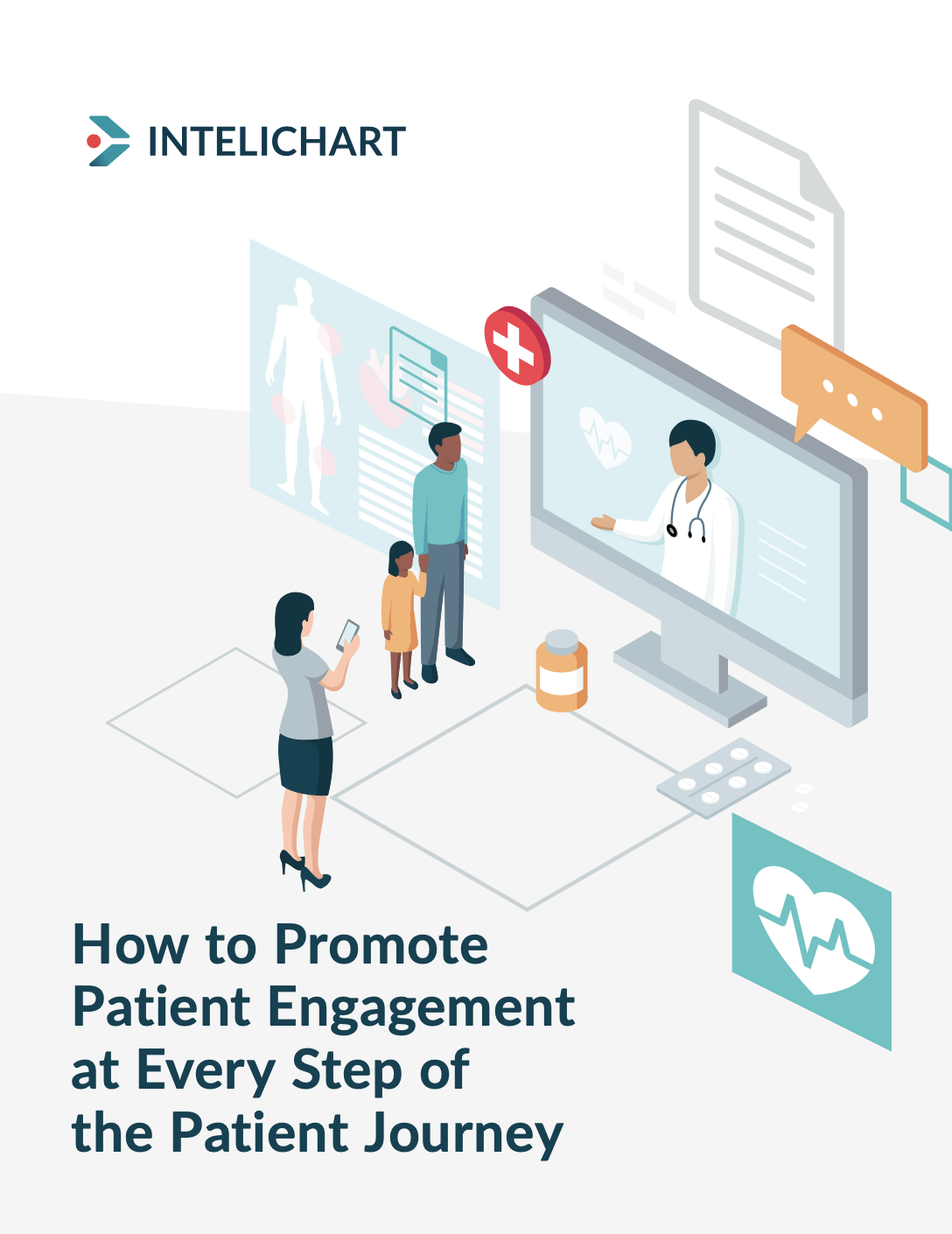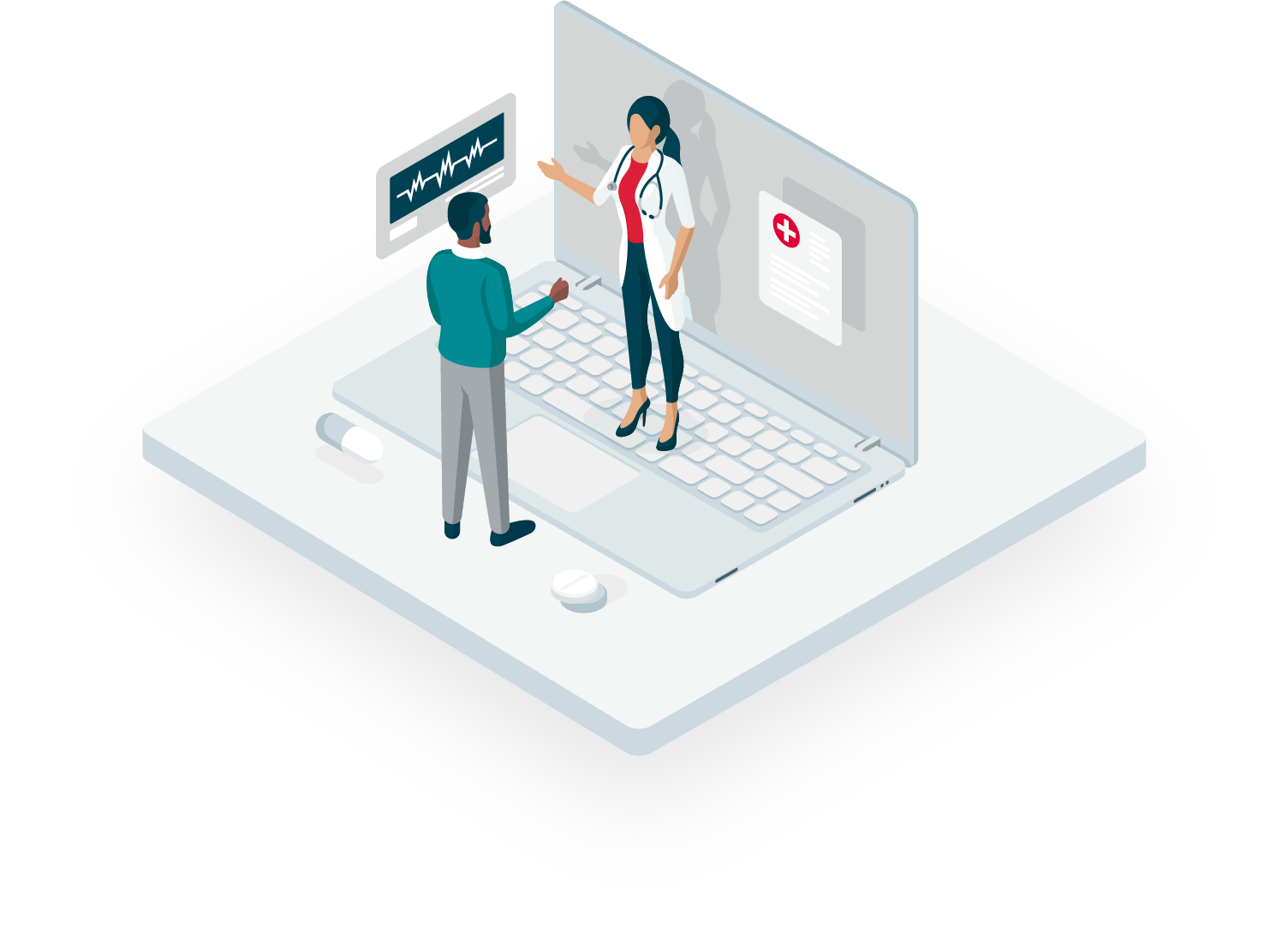Outdated Technology
Some healthcare practices still rely on outdated technology and processes to run the show. Whether it’s a legacy system or a lacking patient portal, ill-fitting technology can really get in the way of orchestrating effective patient engagement.
Manual Workflows
Your practice staff and providers are likely already very busy, and the last thing they need is unnecessary, time-intensive manual tasks that slow them down and get in the way of helping patients. Not embracing automation is a surefire way to impede operations and fall short of meeting healthcare consumer and patient expectations.
Poor Workflow Integration
Even with the right technology at your disposal, poor workflow integration can keep you from taking full advantage of your digital solutions. Your patient engagement platform should be seamlessly integrated with your practice workflows to get the most out of your technology and streamline patient outreach.
Lack of Personalization
Your specific patient engagement program strategy needs to be tailored to your individual patients and their unique needs. Personalization plays an important role in delivering patient-centric care, even before a patient’s actual appointment. That’s why engagement strategies might change during each stage of the patient journey based on a person’s age, socioeconomic status, and health condition.
Disjointed Tech Stack
Using several disjointed technologies that don’t integrate seamlessly or communicate effectively is a surefire way to increase your practice staff’s administrative burden. Your practice can enjoy the full benefits of patient engagement technology by consolidating your tech stack into one integrated platform that incorporates various tools. An integrated platform provides plenty of advantages like allowing for one vendor relationship, minimizing data silos, and making it easy to offer a seamless patient experience.
Lack of Attention to Health Disparities
Social determinants of health (SDOH)—the conditions where we live, work, and play that impact our health outcomes and the care we receive—create significant disparities among vulnerable patient populations. For example, patients in rural areas are often underserved because they do not live in close proximity to a provider’s office. Others may skip out on care they need because of the high cost. Recognizing and addressing these disparities (to the best of your ability) is critical for improving access to care.




